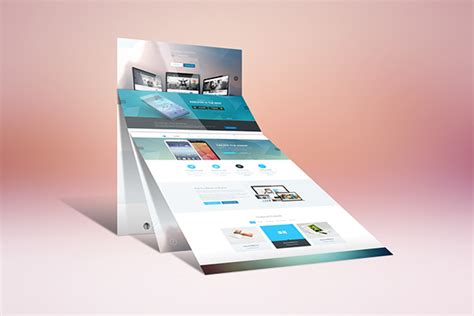Making your WordPress site more accessible can be a challenge, but it is definitely worth the effort. This blog post will discuss tips that will help make your site more user-friendly for everyone, like using tools such as accessiBe WordPress to help your customers, including those with disabilities. By following these tips, you can ensure that all of your visitors have an enjoyable experience on your website.
What is accessibility and why does it matter to you?
Accessibility refers to the ability of all users, regardless of their physical or cognitive abilities, to access and use information. This includes people who are blind, have low vision, are deaf, are hard of hearing, have mobility impairments, or suffer from any other disability.
Making your website accessible is important for several reasons. First and foremost, it is the right thing to do. Everyone deserves to be able to access and use the information without barriers. Additionally, accessible websites tend to be more user-friendly for everyone, not just people with disabilities. Finally, making your website accessible can help you reach a larger audience and improve your search engine optimization (SEO).
The importance of headings, links, and alt text
One of the most important things you can do to make your website more accessible is to use headings, links, and alt text correctly. Headings help users navigate websites and understand the hierarchy of information. Links allow users to move between different parts of a website easily. Finally, the alt text describes images for users who cannot see them.
When using headings, use the correct HTML tag for each heading level (hTag). For example, the title of your blog post should be an hTag, followed by hTags for each subsequent section. Links should be descriptive and easy to understand. Alt text should be brief but descriptive.
Tips for making your website more accessible
In addition to using headings, links, and alt text correctly, there are other ways you can make your website more accessible. Some of these tips include:
– Use high-contrast colors to improve legibility
– Avoid using animation or flashing content
– Provide transcripts or captions for audio and video content
– Use simple, easy-to-understand language
Resources for learning more about accessibility
If you want to learn more about accessibility, several great resources are available. These include:
– The Web Content Accessibility Guidelines (WCAG)
– The Section 50eight website
– The Accessible Digital Office Document (ADOD) website
– The WebAIM website
Other FAQs
Q: What is the best way to test my website for accessibility?
A: There are a number of online tools you can use to test your website for accessibility, including the WAVE Web Accessibility Evaluation Tool and the Accessibility Inspector in Google Chrome.
Q: I’m not sure my website is accessible. What should I do?
A: If you’re not sure whether your website is accessible, the best thing to do is contact an accessibility expert for help.
Q: I’ve made some changes to my website to make it more accessible. How can I tell if it is working?
A: One way to test your website’s accessibility is to ask someone with a disability to use it and give you feedback. You can also use online tools, as mentioned above.

Leave a Reply